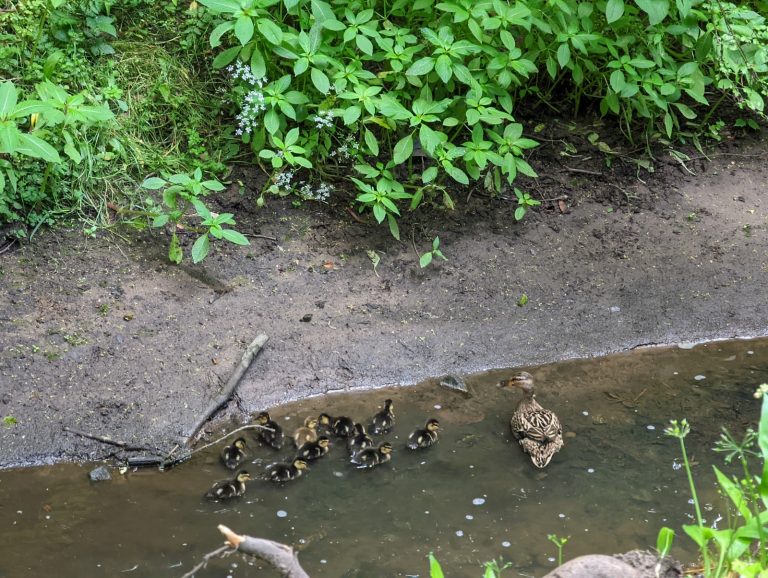Why do most people dislike anchovies…? Because they’re a little fishy.
As readers of our blogs may already know, some members of FoTV have recently undertaken the Riverfly Partnership Monitoring Training. This training will help to accurately document and record riverfly populations, understand & improve river health and to protect and conserve habitat for wildlife in and around the River Tawd and Douglas Catchment area. When more kick sampling sessions are completed at the River Tawd, the data collected will greatly help towards ongoing national efforts in cleaning up British waterways and will also help in comparing against other rivers within the UK.
Anyway, this weekend saw FoTV’s Mike Flaherty and the Love My River! project officer Samuel Gibson head down to Tawd Valley Park to pick out some potential kick sample locations along the River Tawd for use in officially recording riverfly data onto the national databases.
They walked along most of the valley park, starting at the 2km culvert exit and finishing at Skem Beach (affectionately named by the local community). Six potential kick sample sites were investigated, noting the grid references, with photos taken and water quality tests conducted.
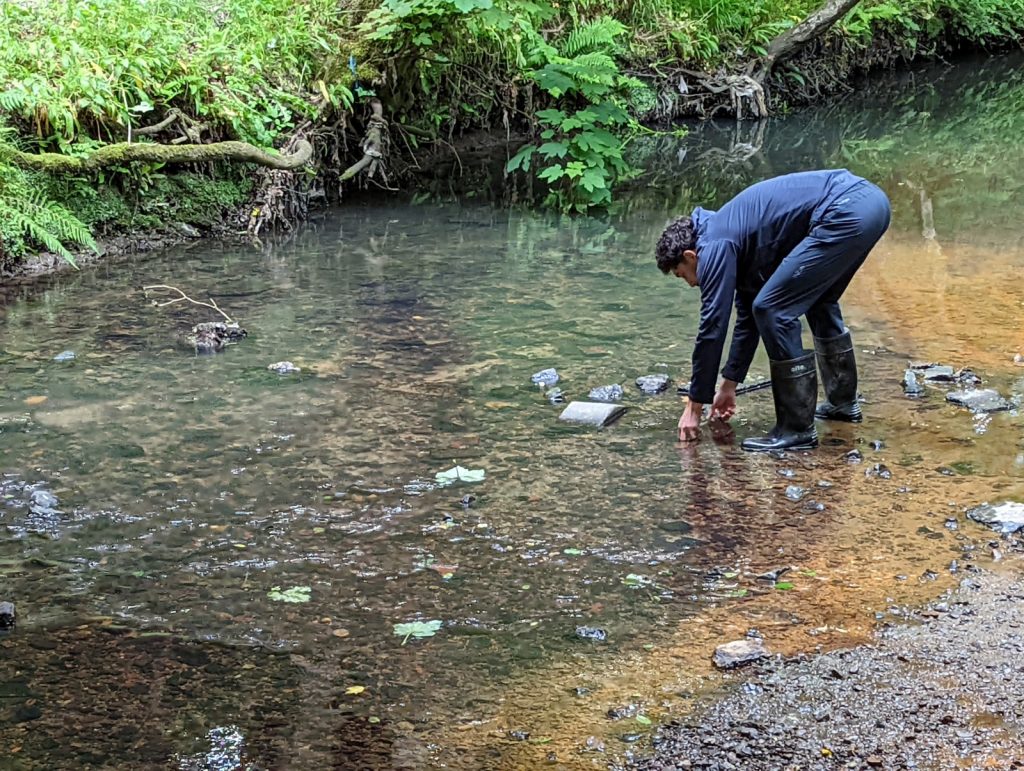


Whilst the weather was good and the river was at normal levels, Mike and Samuel took the opportunity to practice their kick sampling skills on a number of the potential sites on the river. The sites chosen were Houghton’s Road Bridge Site 1, Houghton’s Road Bridge Site 2 and Skem Beach. HRB1 and Skem Beach revealed some great and abundant results, but it was HRB2 that proved to be the most excitable. It was at this site were a beautiful species of fish known as the “Stone Loach” was discovered. And to date the only ever recorded stone loach to be found on the River Tawd. As you can imagine this is fantastic news and a great find. It is a positive result for the River Tawd and for the Tawd Valley Park as a whole.
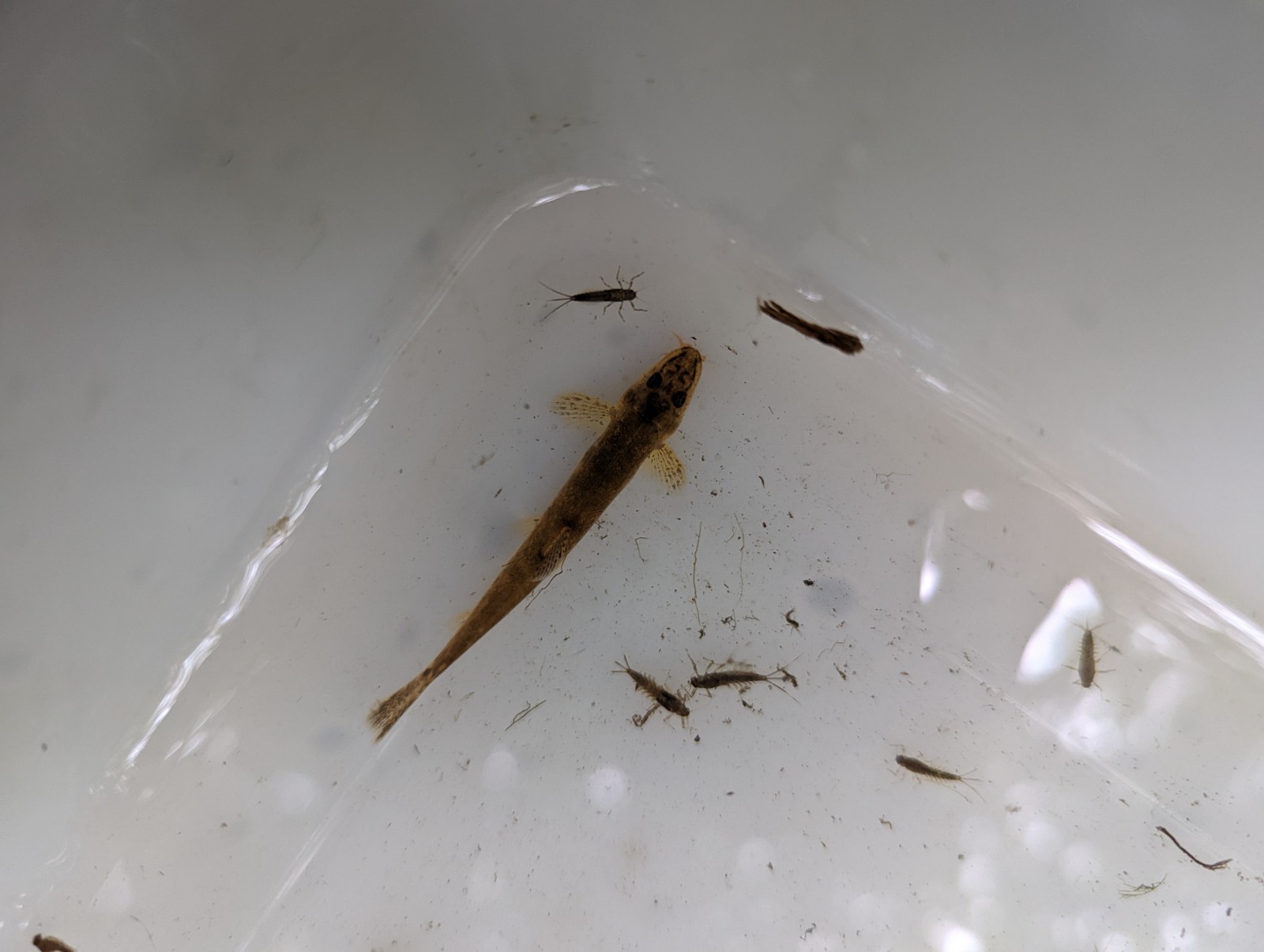

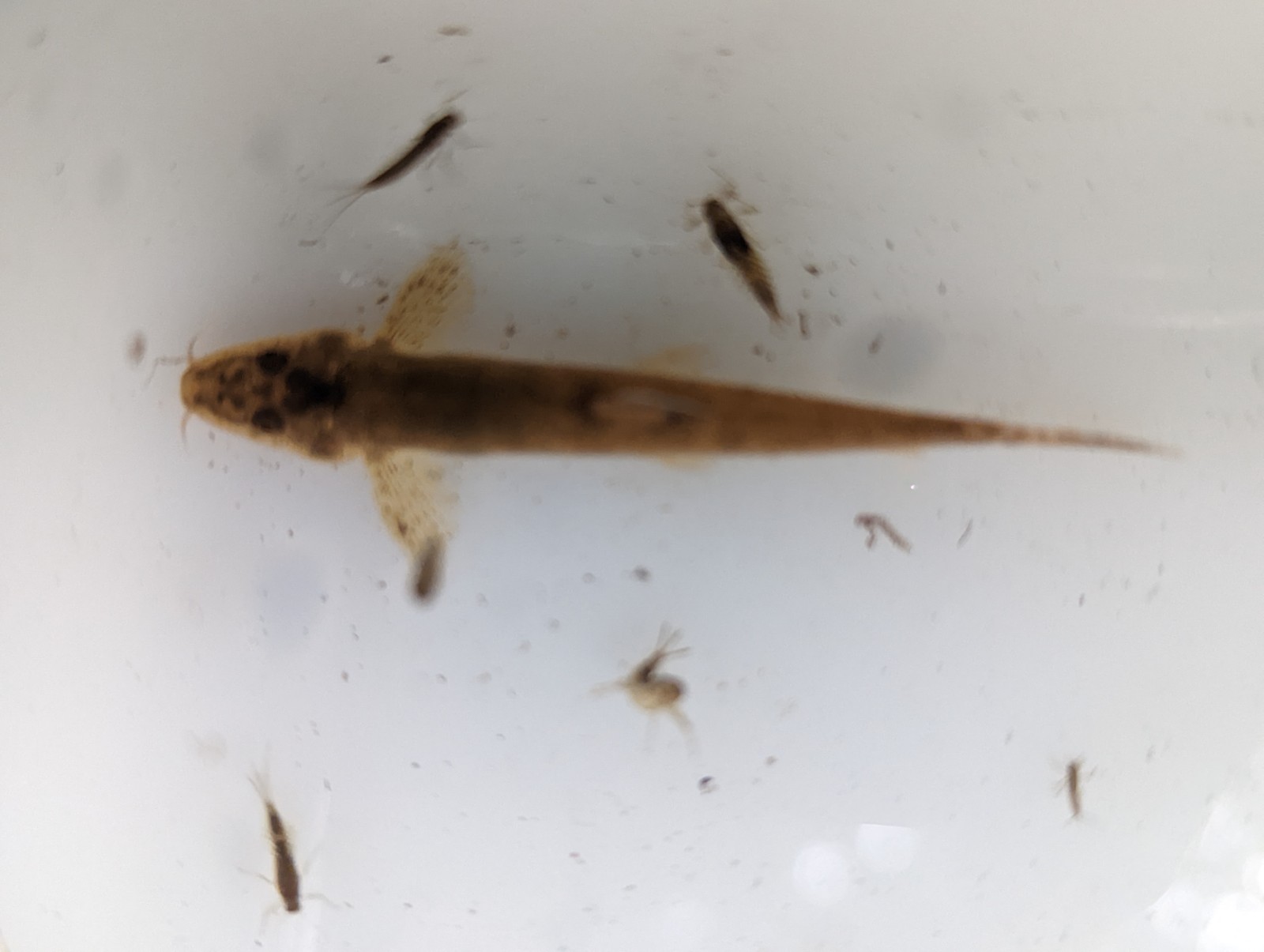
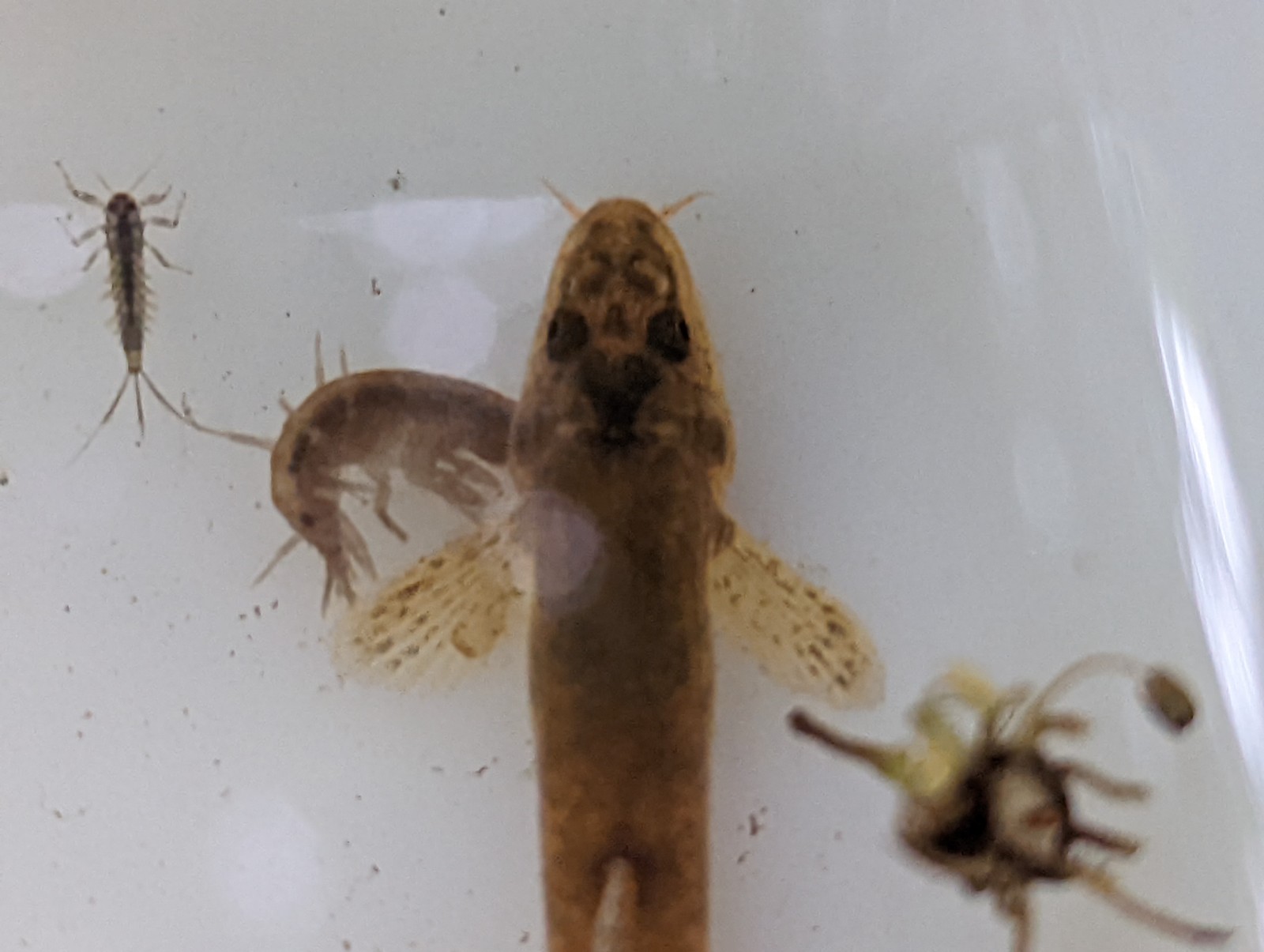
FoTV, Love My River! project, Groundworks, Douglas Catchment Partnership, Environment Agency and The Ribble Rivers Trust have been working hard to improve all rivers and tributaries within the catchment and its finds like these that give us hope and make us want to strive further in making our waterways the best they could possibly be, not just for wildlife, but for the communities that live and work in the catchment, too.
“Tuna” next time for more updates on all things River Tawd.

